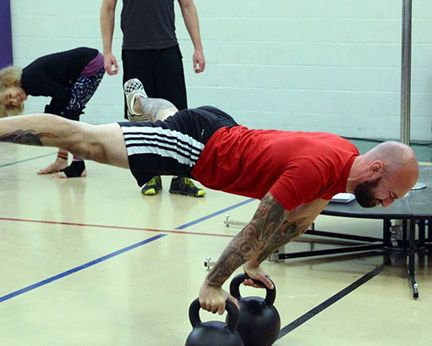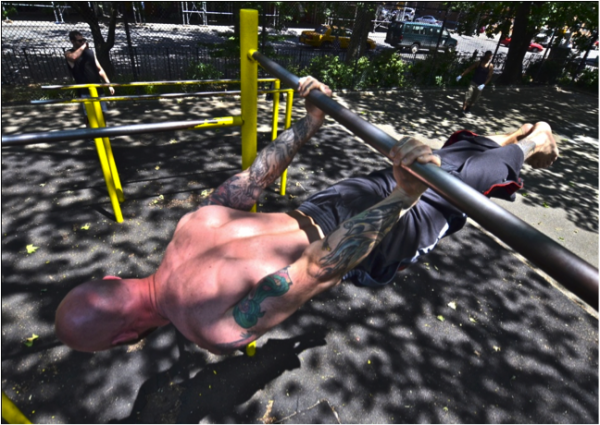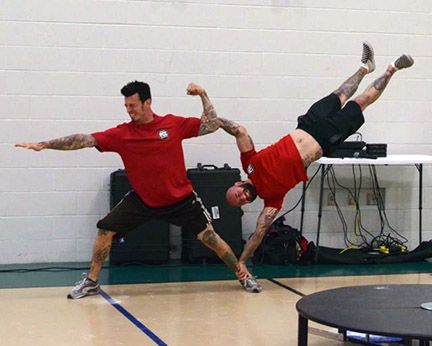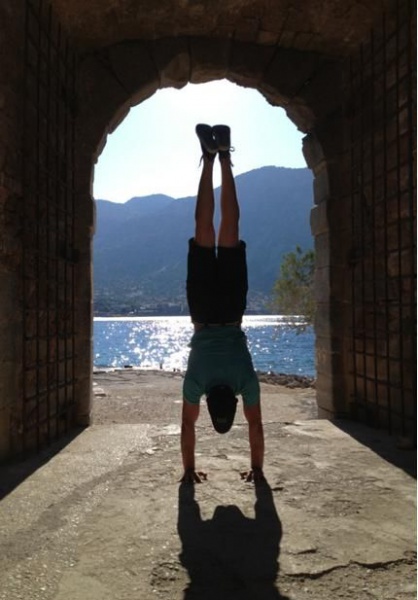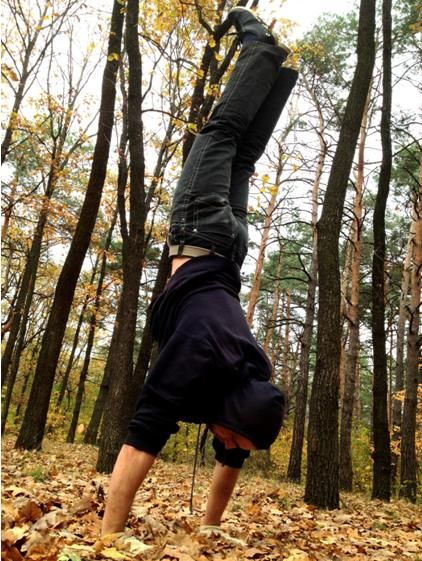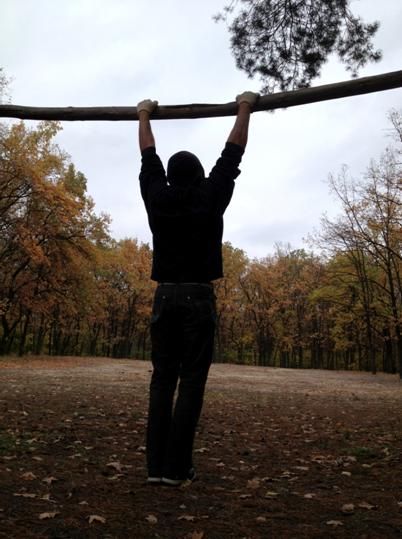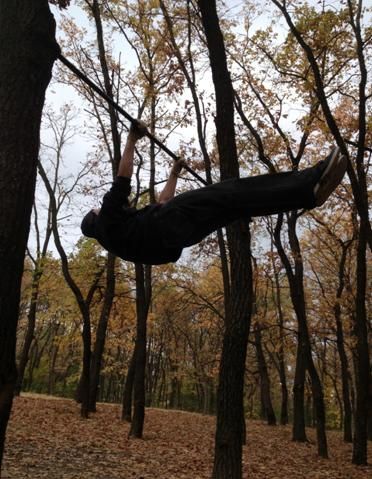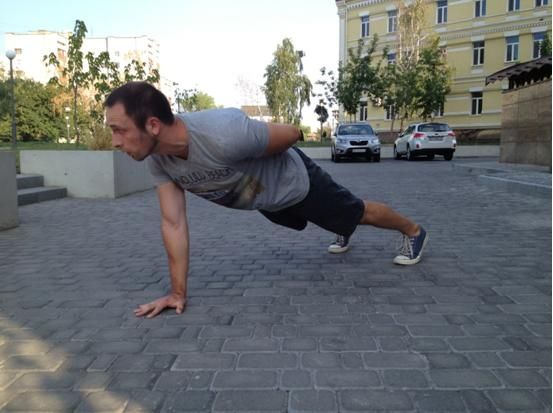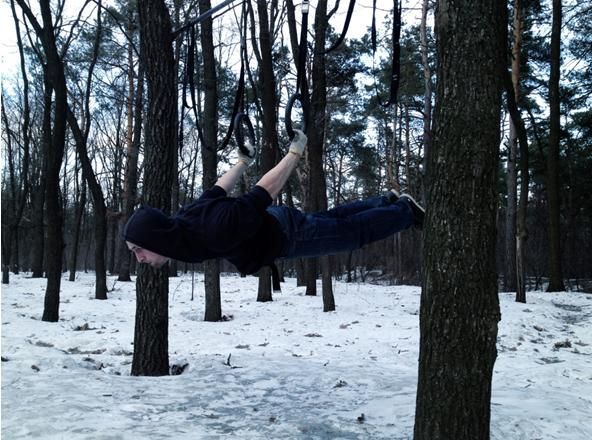When people see me performing bodyweight feats of strength like freestanding handstand push-ups or the front lever, they often ask a familiar question:
“Are you a gymnast?”
I don’t blame them for the misunderstanding – gymnastics is the only context most people have for what they’ve witnessed. However, there is so much more to the world of bodyweight training than gymnastics!
Though I’ve never been one to dwell too heavily on labels, I am most certainly not a gymnast. I am a fitness enthusiast who specializes in Progressive Calisthenics. To the casual observer, this may seem like a minor distinction. Allow me to elaborate.
Gymnasts participate in formal gymnastics, a highly-specific, competitive sport involving strict rules and guidelines. I participate in Progressive Calisthenics, an open-ended, individualized fitness modality centered around the concept that one’s own body weight (and the proper manipulation of leverage) can provide ample resistance for strength training, regardless of one’s current fitness level.
Of course the two things do have something major in common: Both can get you in the best shape of your life without the need for weights or very much equipment.
The mindset is probably the biggest difference: I train to be strong, robust and healthy. I train to make day-to-day physical tasks easier. I train for enjoyment. Gymnasts train to win – oftentimes at the expense of their health and fitness.
Competitive athletics are funny like that. Professional athletes are the fittest people in the world, but they are frequently forced to train through injuries. Many wind up pushing their bodies beyond what they can safely handle. The irony is that these people may get to be the best in the world for a brief, shining moment, but will often suffer for it later. The higher the high, the lower the low.
I prefer to take the middle ground. If I feel pain, I back off. If I need rest, I take it. By using this approach, I’ve managed to avoid any serious injuries or major setbacks in my training, despite over twenty years of strength work.
I have tremendous respect for the sport of gymnastics. Pro gymnasts are some of the strongest people on the planet. Their tenacity and dedication to their sport is second to none. My most impressive moves like muscle-ups and back levers are considered entry-level skills in gymnastics the same way that push-ups and squats are entry level moves in calisthenics training. A pro gymnast’s warm-up is more grueling than some of my workouts.
These athletes provide inspiration and motivate me to continually challenge myself, but I have no interest in being a gymnast. I train for fun and function. My only competition is within myself. The joy of movement matters more to me than whether or not my toes are perfectly pointed.
Progressive Calisthenics and gymnastics are two different things, each with their own set of pros and cons. If you want to learn the sport of gymnastics, there are people way more qualified to teach it to you than I am.
PCC is for exercise enthusiasts and fitness professionals who want to utilize bodyweight training to get stronger, feel better and move more freely. At PCC, we focus on how to progress and regress universal movement patterns for everyday people. We encourage fun over formality; presence over perfection.
Regardless of what you choose to call it, bodyweight strength training offers something for everyone. Whether you do gymnastics, calisthenics or any other bodyweight-strength modality, we are all more alike than we are different, and we all share one thing in common: The need to challenge ourselves and test our physical potential.
With the right amount of effort, it’s amazing what the human body can achieve.
***
About Al Kavadlo: Al Kavadlo is the lead instructor for Dragon Door’s Progressive Calisthenics Certification. Recognized worldwide for his amazing bodyweight feats of strength as well as his unique coaching style, Al is the author of three books, including Raising The Bar: The Definitive Guide to Pull-up Bar Calisthenics and Pushing The Limits! Total Body Strength With No Equipment. Read lots more about Al on his website:www.AlKavadlo.com.

